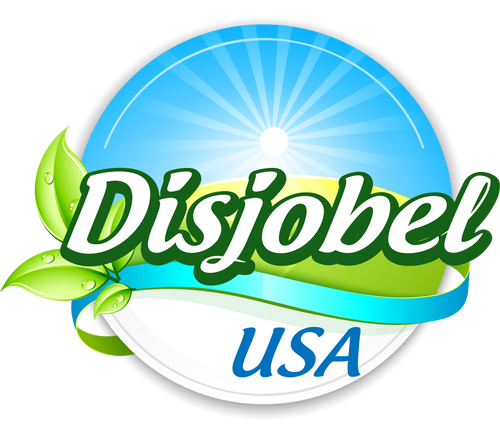Making beer is considered the most complex alcohol-manufacturing process. Read on to discover more about the steps of the brewing process.
A bit of history
- These are some milestones of beer fermentation and the overall brewing process (Young, 2021):
- Before 6000 BCE, Sumerians and Babylonians fermented beer in vessels using crushed barley and water.
- These techniques traveled to Europe, where they evolved over time.
- Brewers introduced hops to beer ingredients in the 11th century.
- By the 15th century, two distinct fermentation processes existed: the German bottom-fermentation that produced lager beers and the British top-fermentation that resulted in ales.
- The Industrial Revolution mechanized the brewing process.
- The late 19th century provided important advances for beer, such as pasteurization and pure yeast cultures.
Today, technology has allowed brewers to design their products. That is how they create low-cal beers or beer without alcohol at grand-scale companies, or even at a microbrewery. It also provides the opportunity to explore varying market segments, like fruit alcoholic drinks or beer cocktails.
The brewing process explained
Now let’s break down the brewing process (Aslan Brewing, n.d. Beer Store, n.d. Braeu am Berg, n.d.):
Malting: Fresh barley is soaked in water and stored to germinate, which forms the enzymes needed for starch separation. The process is interrupted by heat-drying in a kiln.
Milling: Mills crush dried malt grains into husks, groats, meal, semolina, or powder.
Mashing: Brewers mix crushed malt with hot water (generally, between 144-158° Fahrenheit). The high temperature activates malt enzymes that convert starches into sugars and dextrins. This happens in a mash tun – an insulated tank that keeps the heat level constant.
Lautering: The mash tun releases the resulting wort, so it circulates back up and over the malt solid particles again. It is then strained out into a brew kettle.
Boiling: This stage is responsible for pasteurizing the wort and flavoring it with hops and other ingredients. Once finished, brewers drain the mix to obtain clear wort. Then, they cool it to specific temperatures according to the beer style using a heat exchanger.
Fermentation: Producers add yeast to the wort inside the fermenter. Different types of yeast create different brews. Over the next days, yeast consumes sugars and turns them into alcohol and carbon dioxide. Beer is then cooled again for conditioning: the yeast settles at the tank’s bottom, clarifying the brew.
Storage: Brewers store the beer in cooling tanks for a few weeks or even up to three months. They also filter it again to achieve its final clear tone.
Packaging:
- Producers have different packaging options:
- Bottling infrastructure sterilizes, fills, caps, pasteurizes, and labels bottles.
- Canning machines sterilize, fill, lid, and seam cans. They can also arrange them in packs.
- In the case of draft beer, brewers seal them in sterilized kegs.
- Products are then shipped for distribution.
It’s clear that there’s a lot that goes on in the brewing process, so make sure you choose the right types of beer glasses and the best food pairings to make the most of the next brew you enjoy.
References
Aslan Brewing. (n.d.). THE BREWING PROCESS.
Beer Store. (n.d.). Beer 101: How is beer made? Retrieved from https://www.thebeerstore.ca/articles/the-brewing-process/
Braeu am Berg. (n.d.). Brewing simply explained. Retrieved from https://www.braeuamberg.at/en/brewing-process/
Young, T. W. (2021). Beer. Britannica. Retrieved from https://www.britannica.com/topic/beer#ref117221





















